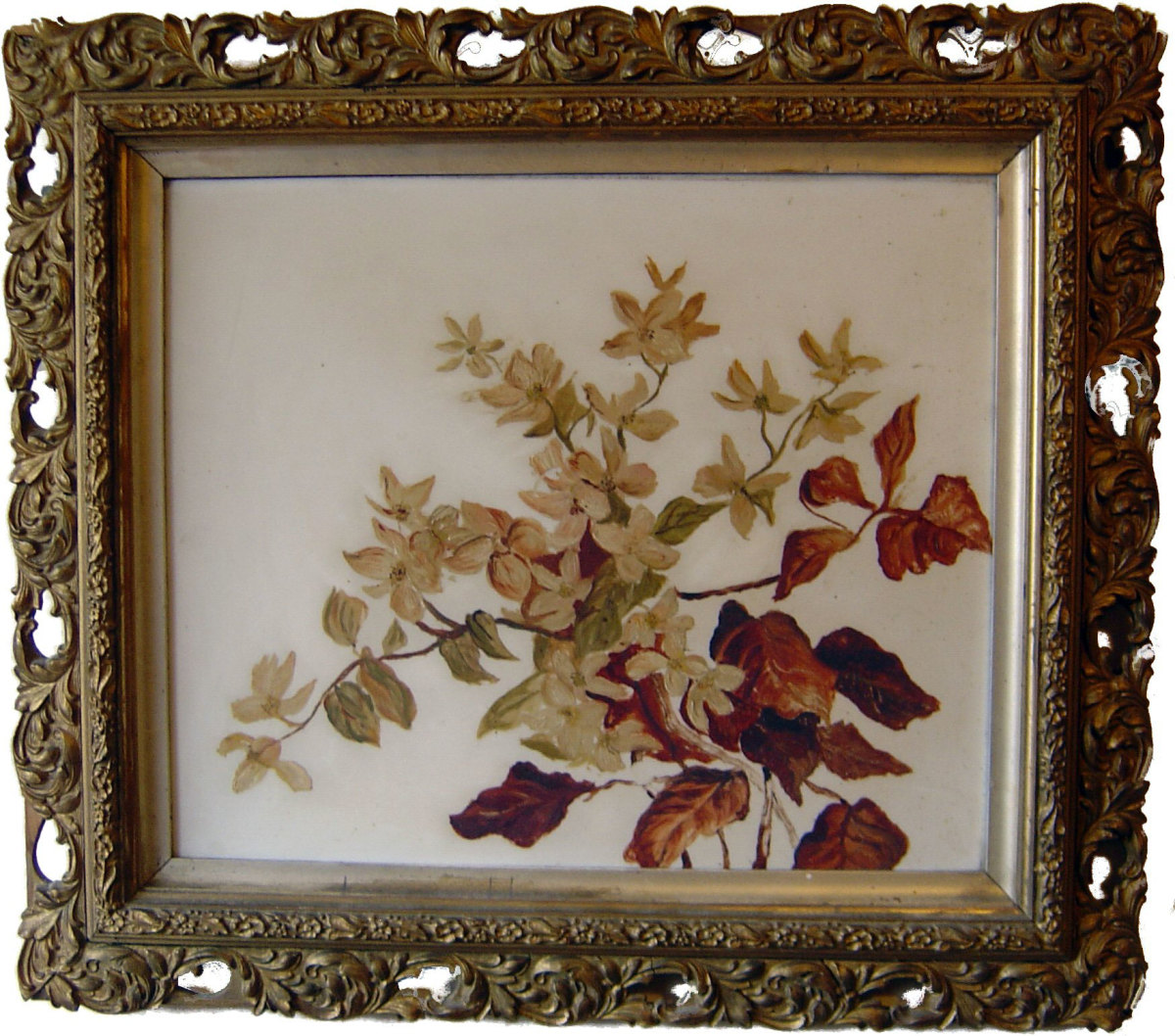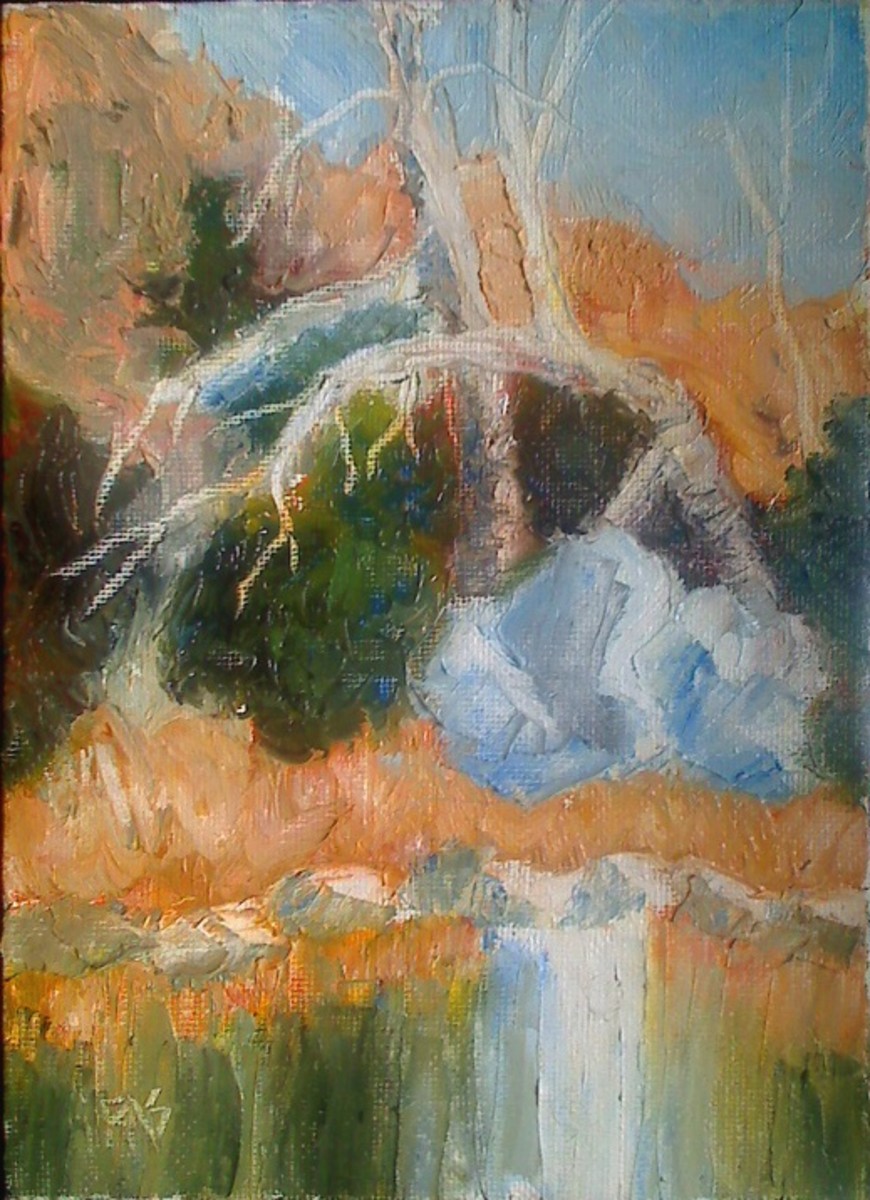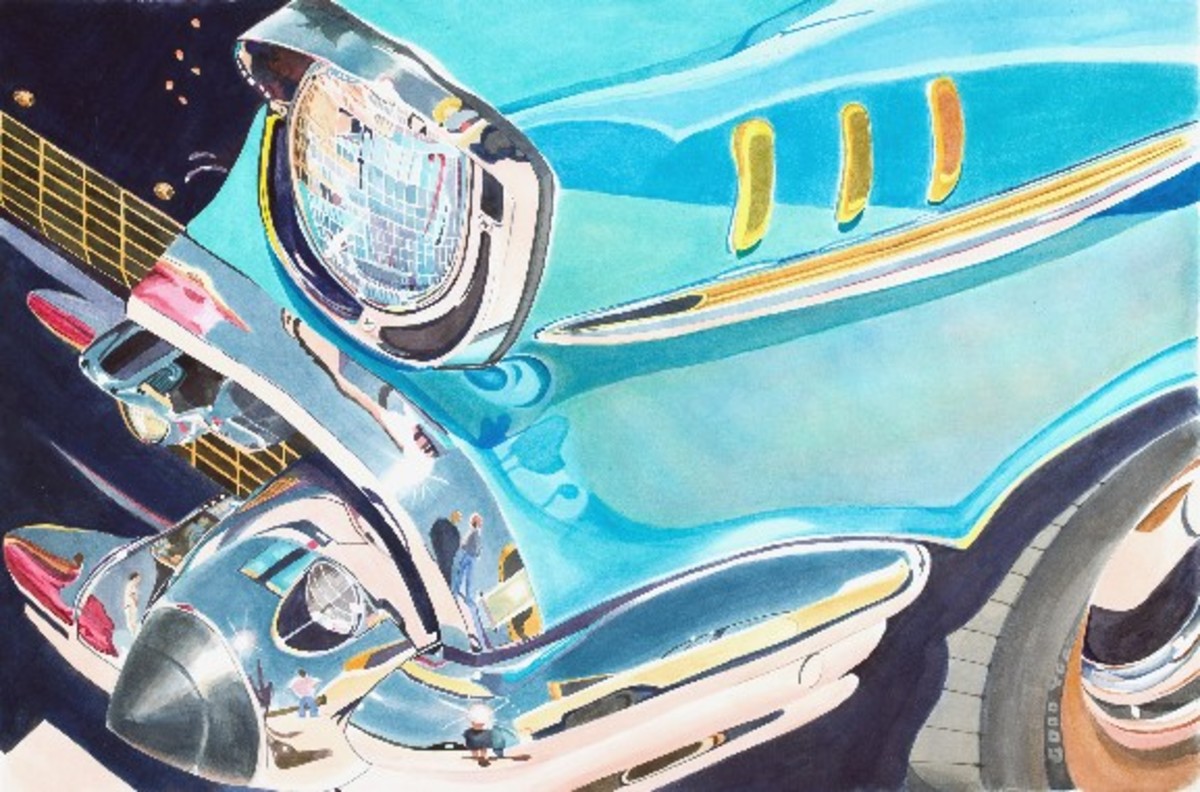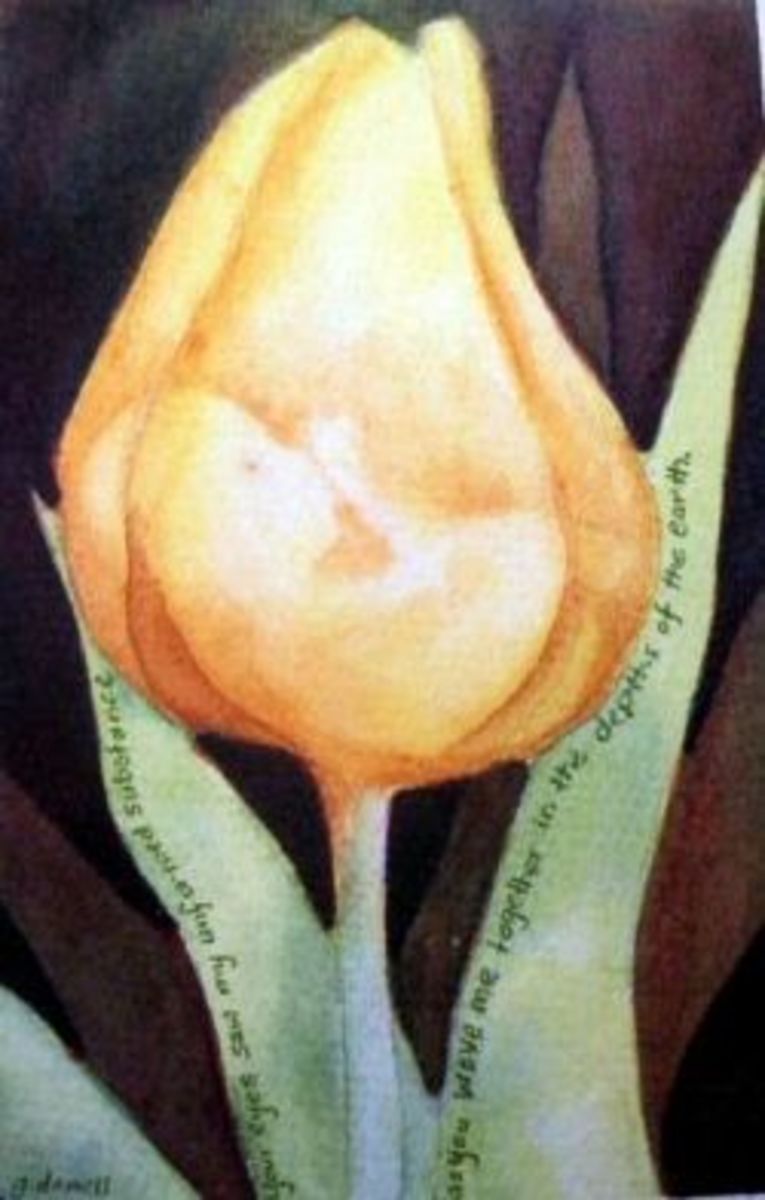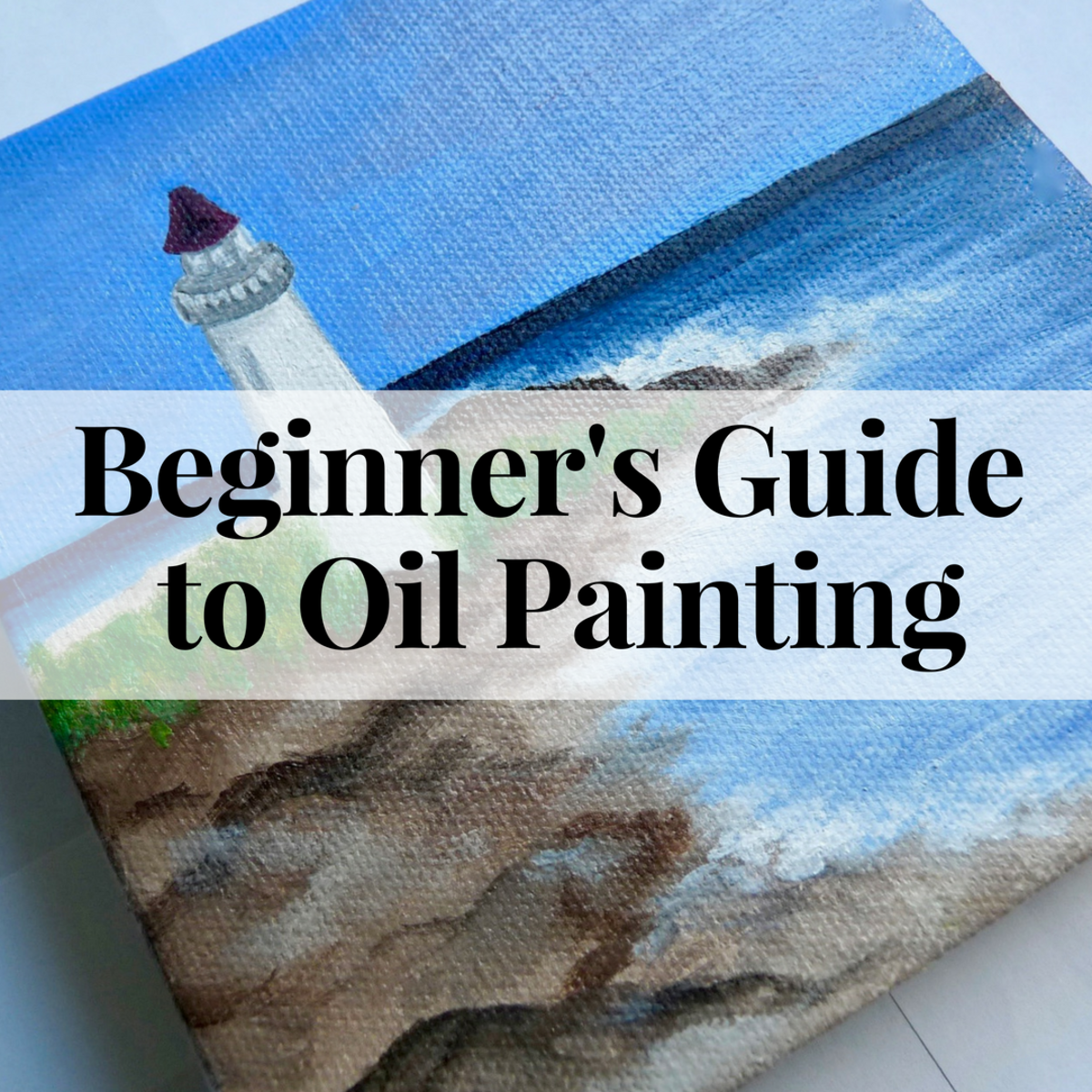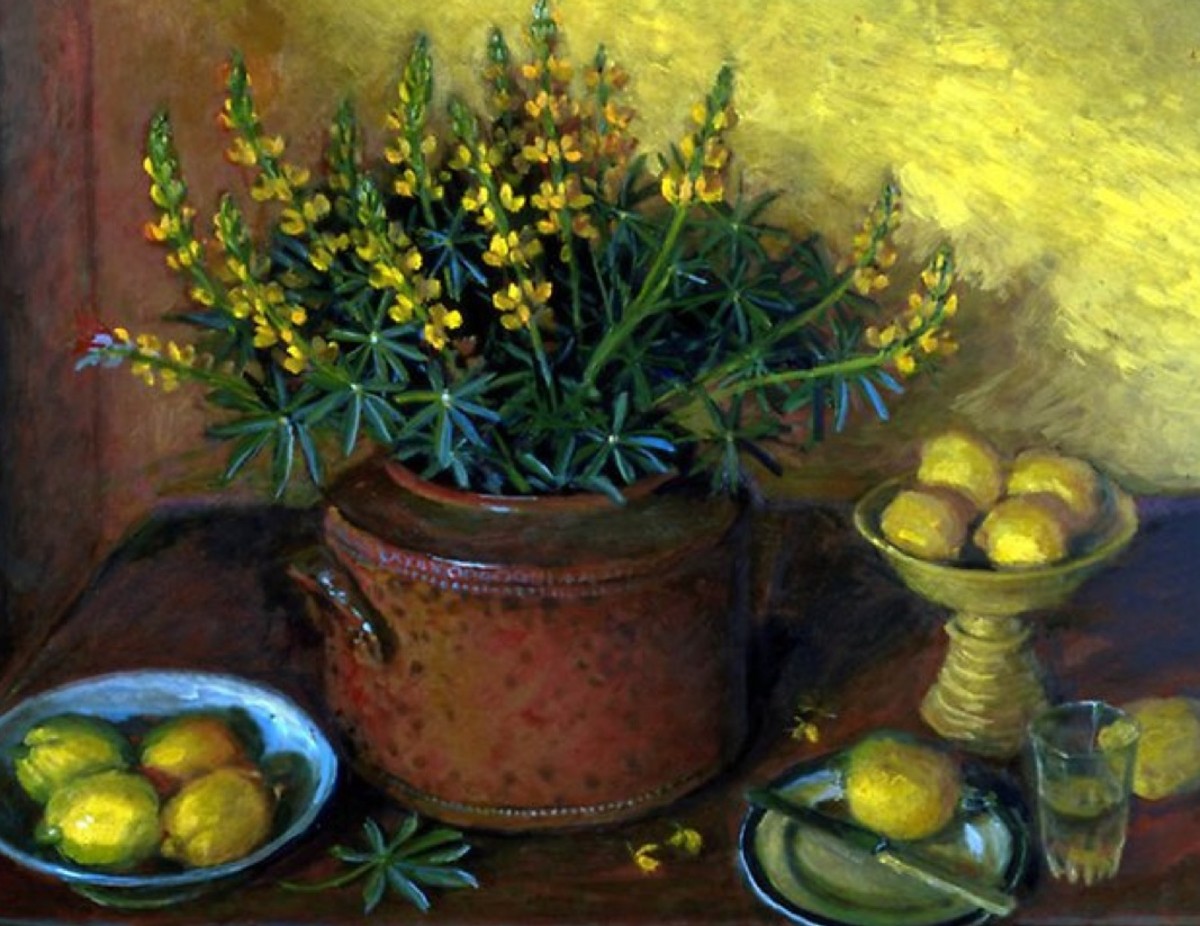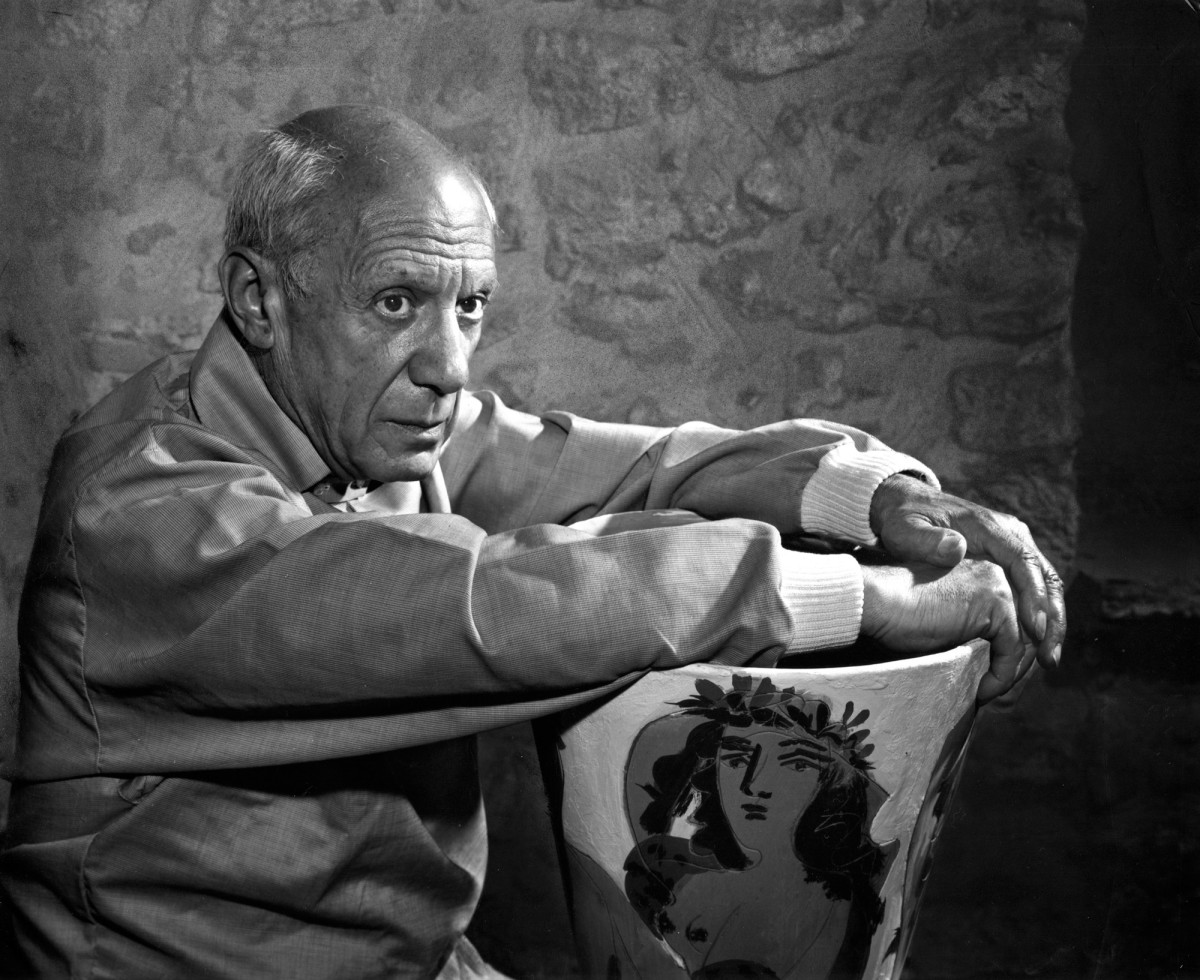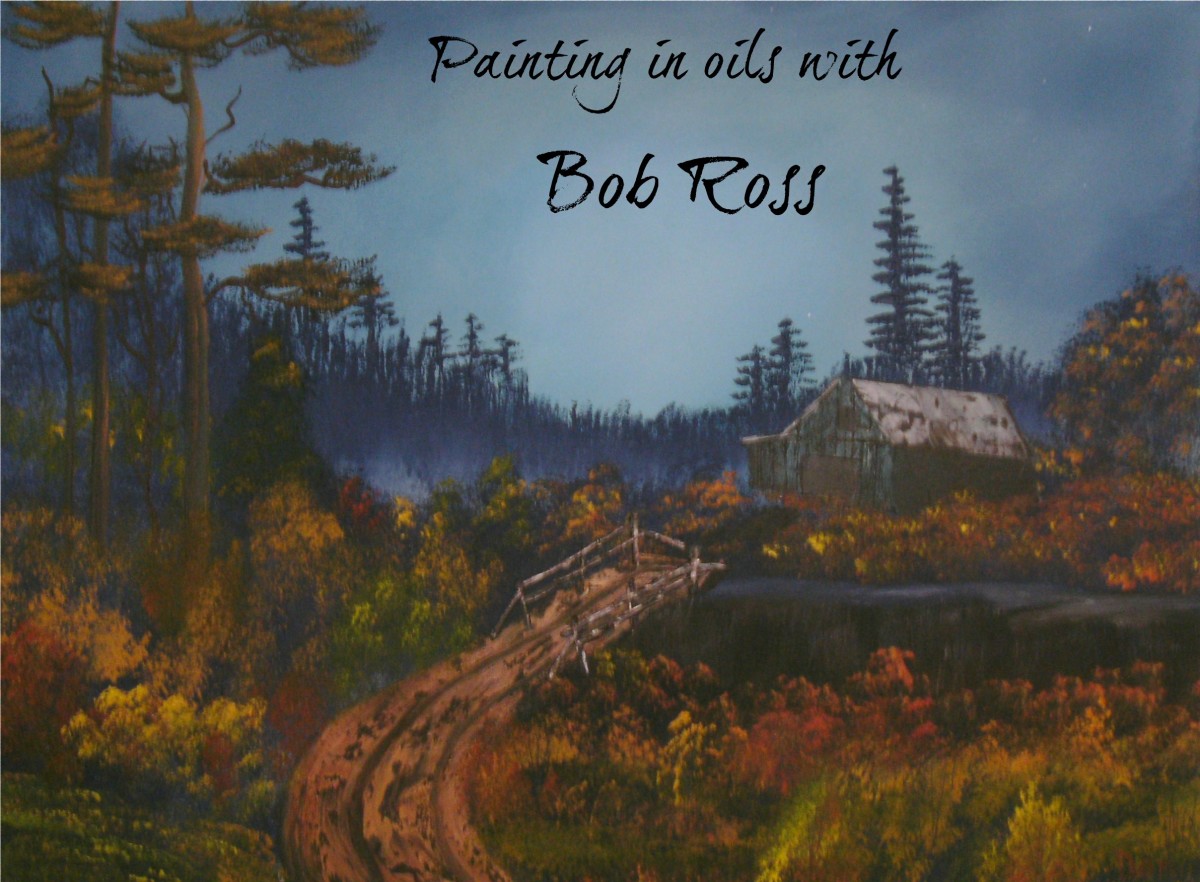The Art of Mediation: An Analysis of Richard Hamilton's Mother and Child by Kenneth S. Krupa
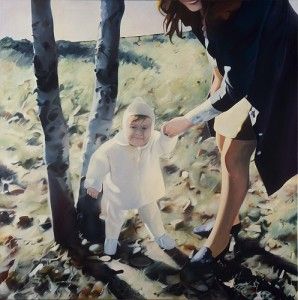
Richard Hamilton’s Mother and Child resonated with me in particular when viewing works in the PMA. I found the cleanliness of the marks to add to it’s simplicity and readability. While I’d like to avoid it’s somewhat photographic feel I can’t help but be attracted to the warmth of the scene itself; a mother slightly cropped from complete view while the child is clearly the focus of the image. Were I to paint this subject myself I know I’d make the paint just as much a subject as the figures; my mark making giving resonance and dynamism to the image.
This work originated from a snapshot of Hamilton’s colleague’s wife and child that he kept for fifteen years prior to subjecting it to his painting process. Throughout this period Hamilton was also developing his printmaking process. The large oil painting version of this work, which I am most drawn to, was, as one might expect, actually preceded by a watercolor version of the same image. The watercolor, also present in the PMA, appears to be a study rather than a final iteration of the work; the evidence of pencil markings and lack of finished appearance supporting this perspective. Although this is not to say the watercolor suffers from these qualities. It certainly possesses the same positive qualities as it’s full sized oil version, but arrives at this level of quality through the translation of photograph to watercolor instead of watercolor to oil painting. Also, on a less technical aspect, the work lacks what Ian Burn would call social engagement along with the deskilling of the art practice itself and decreased importance of the physical object within the work. The presence of figures isn’t expressing much more than sentiment, the design of the composition seems more thought out than the process and the mark making throughout the piece is consistent; never emphasizing one figure or object more than another with the context of the image (394 - 398).
From an aesthetic appreciation for the works, the aspects I find most interesting are the quality of light within the work, the cropping of the mother with focus clearly emphasizing the child and the overall quality of the paint application. Subjectively speaking, the light quality of the various iterations of this work suggests both an impressionistic approach as well as the fact that the work was adapted from a snapshot. The polarizing effect of the silhouettes of the figures and trees against the bright background first and foremost tipped me off that this was originally a photograph. However, upon examining the dark mark making within the light of the background as well as the lights that Hamilton finds within the silhouettes allow an impressionistic feel to the oil painting. Hamilton walks the line between these two qualities well enough the even if the photographic feel is evident it doesn’t detract from ones appreciation of the work and knowing his process of going from the mediated image to watercolor to oil only bolsters it’s merits.
While the photograph was the image’s origin I wonder about the degree to which the mother was cropped. Was it a decision on Hamilton’s part or was he working exactly with what he was given. The composition appears almost too strong to have been a simple snapshot, although this is certainly not impossible. Cropping the mother in particular adds to the emphasis one the child, who stands front and center in the company of both parents, assuming the father was the photographer. The positive attitudes present on their faces along with the light quality adds to the painting’s idealistic and uplifting impression it has on the viewer.
Both the light quality and cropping are supported by Hamilton’s paint application. I would argue his application of the oil is stronger and more decisive than in the watercolor study. As earlier stated, the watercolor appears less finished, as though it was a study; therefore it make complete sense that Hamilton’s mark making would be less bold and decisive. The cleanliness of the oil painting almost feels as through the paint was placed on the canvas instead of brushed on. There is very little evidence of the human hand in the work and this may have been Hamilton’s intention all along. Given the fact that this began as a mediated image the idea of a more painterly approach, with more emphasis on mark making with thicker paint in particular, seems trivial and forced. The flat appearance also may reflect Hamilton’s studying of printmaking at that time.
While Mother and Child possess a photographic overall appearance is saves itself from being simply an adaptation through Hamilton’s processes of translation from one media to the next. The light quality gives it a painterly appearance that a photograph alone couldn’t possess. Cropping the mother and composing the image to emphasize the child shows the dynamic of parental responsibilities centering around their child. Finally, Hamilton’s application of paint in both the watercolor study and oil painting versions of this image dictate when he is problem solving within the image and when he is decisively depicting his subjects within their space.
Bibliography
Burn, Ian. The sixties: crisis and aftermath (or the memoirs of an ex-conceptual artist). P 394 - 398.

